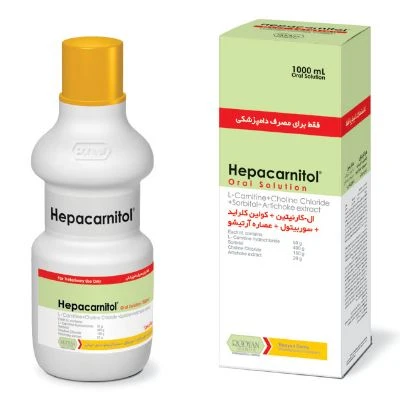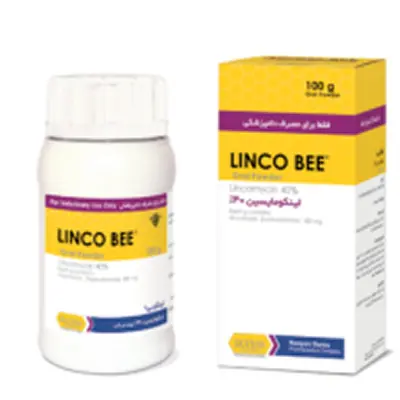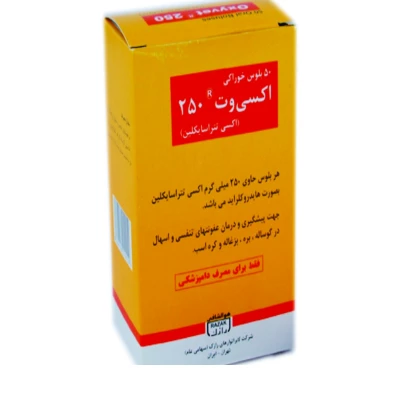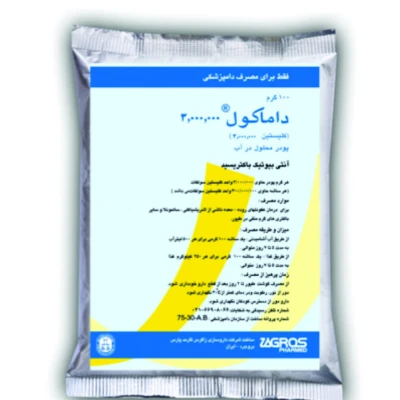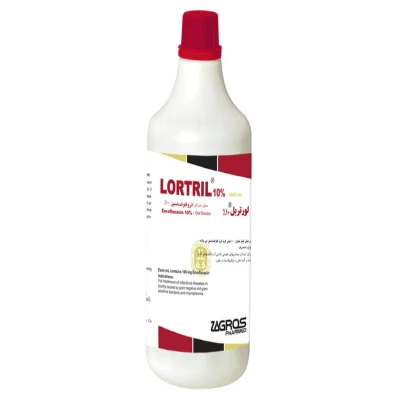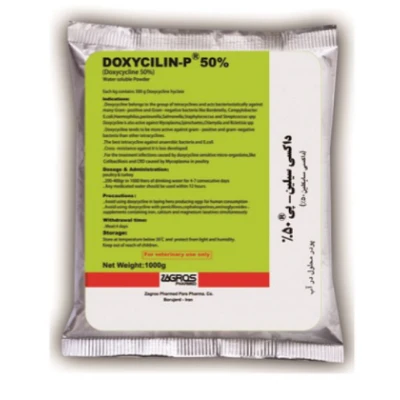هپاکارنیتول | Hepacarnitol

Type of medicine

Target species

Download product catalog

Packaging
Packaging: Available in 1-liter and 2-liter containers.

Compounds
| Component | Amount per Liter |
|---|---|
| L-Carnitine Hydrochloride | 50 g |
| Choline Chloride | 150 g |
| Sorbitol | 400 g |
| Artichoke Extract | 20 g |

Mechanism of the Effect
L-Carnitine plays a fundamental role in the catabolism of fatty acids. Long-chain fatty acids are transported across the mitochondrial double membrane by carnitine.
(Fatty acids are converted into acyl-carnitine, and inside the mitochondria, carnitine is released while the acyl group enters the Krebs cycle.) If fatty acids accumulate inside the mitochondria, carnitine helps remove these substances by transporting them out of the mitochondria into the bloodstream.
Other components stimulate appetite, increase feed intake, and enhance digestive enzyme production, thereby optimizing the energy obtained from nutrients. They also help eliminate metabolic waste by increasing hepatic and renal excretion and contribute to reducing body fat.
When taken orally, approximately 80% of L-carnitine is absorbed via active transport mechanisms in the small intestine cells and enters the bloodstream.
Body cells actively absorb L-carnitine from the blood. About 98% of carnitine is distributed in muscles (with the highest concentration in cardiac muscle), 1.5% in the liver, and 0.5% in the extracellular fluid.
Only a small percentage of L-carnitine is catabolized within the body.

Use case
During critical stages of the rearing period—when there is a sudden increase in energy demand—such as the beginning of the rearing period, the onset of laying until peak production, dietary changes, disease outbreaks, recovery periods, reproduction, and stress conditions like vaccination, transportation, noise, thirst, hunger, and heat stress in broiler chicks, laying hens, breeder flocks, etc., this product is used to ensure improved performance in livestock and poultry production.
This product helps combat Sudden Death Syndrome (SDS) in broiler chicks and addresses kidney and fatty liver disorders in laying hens. It increases water and feed intake, improves digestive activity, optimizes fatty acid catabolism, maintains glucose and amino acid reserves in the body, prevents weight loss and production decline in poultry, enhances fertility, hatchability, and peak egg production. Additionally, by aiding the elimination of metabolic waste—especially during disease episodes—it supports the excretory organs (liver and kidneys).

The amount and how to use
Livestock and Poultry:
0.5 to 1 ml per 1 liter of drinking water
for 3 to 5 days.

Caution
Do not use for more than 21 consecutive days.

Drug interference
Concurrent use with anti-inflammatory or liver medications may cause interactions; therefore, consulting a veterinarian before combining with other drugs is essential.

Maintenance conditions
Hepacarnitol should be stored at temperatures below 25°C.
